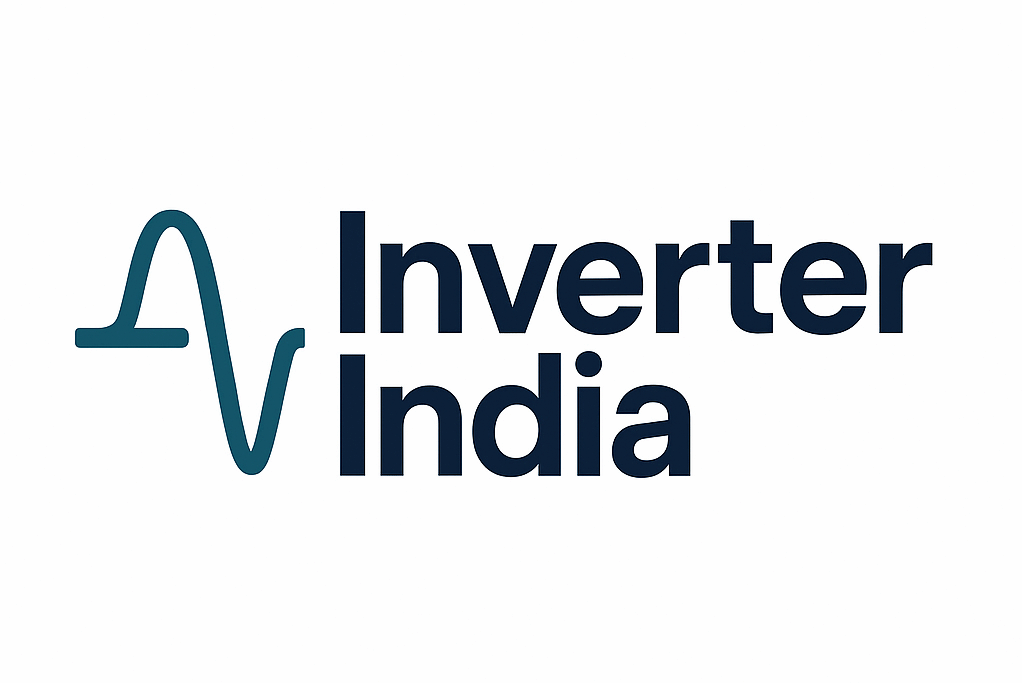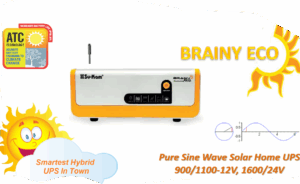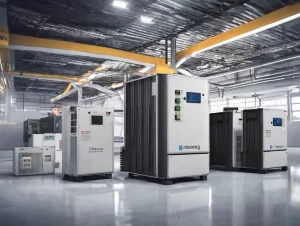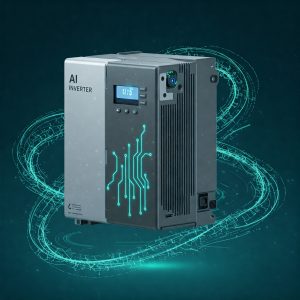Why does replacing generators with LiFePO4-based Lithium-ion Technology make sense?

Power outages are common, particularly in developing countries such as India. Frequent power outages without a backup system can severely disrupt normal household and workplace operations. Even the most successful companies complain about the negative impact of frequent power outages on their operations.
Imagine the chaos in workplaces, educational institutions, hospitals, or factories when the power goes out unexpectedly. The light goes out, machines and equipment stop working, and people in various locations screech to a halt. Students in the middle of an important exam, patients on the ventilator fighting for their lives, or a businessman finalizing terms with a sought-after investor all are disrupted by power outages.
In India, small and medium-sized businesses have only recently begun to recover from the debilitating effects of the pandemic and the ever-changing geopolitical situation. However, sweltering heat and prolonged power outages have the potential to paralyze the industry once more.
The general public and businesses rely on two temporary solutions to avoid losses caused by painfully frequent power outages: generators and UPS/inverters. However, in recent years, UPS inverters have surpassed generators in popularity. Let us consider the factors that make generators less desirable before considering the advantages that make UPS inverters more popular among the general public.
What exactly is a UPS/inverter?
A UPS, or Uninterrupted Power Supply, is a system that provides continuous power to homes and businesses in the event of a power outage.
A single-phase or three-phase UPS can be used. It could range from a small black box protecting your computer from power surges and dips to a massive 500KVA system powering buildings and workplaces.
When there is a power outage from the main, the UPS/inverter automatically supplies power to the electrical circuit.
What makes it more appropriate for use as a backup power source?
Long power outages have prompted people to seek alternative solutions. With continuous technological advancement over the years, UPS has emerged as a far superior alternative to a generator.
There will be no interruption because power will be supplied to the AC load automatically.
The operations are powered by alternating current (AC) under normal conditions. Simultaneously, it charges the batteries, which store the energy as DC. A UPS draws DC stored in batteries and converts it to AC power in the event of a power outage. When this occurs, a static switch prevents the battery from charging, and the inverter begins supplying the stored battery power to the AC load. This rapid power supply to the main reduces interruptions and normal workflow.
The advanced static switches in heavy UPS systems are so efficient and responsive that they reduce switching time to a bare minimum. As a result, computers and other electrical appliances do not experience unexpected shutdowns or data loss.
Make use of lithium-ion batteries.
Because of the impressive history of stability and cycle life of lithium-ion batteries, the new inverter/USP technology is revolutionizing the power backup industry. They outperform lead-acid batteries in terms of efficiency.
Lithium-ion batteries charge in 2 to 3 hours, while lead-acid batteries take 8 to 10 hours. In the event of frequent power outages, the Lithium-ion battery is always ready to quickly recharge and provide ample backup energy to withstand the power outage when compared to Lead Acid.
In comparison to lead-acid batteries, which have an average cycle life of 300-400 cycles, lithium-ion batteries have an average cycle life of 2500 to 5000 cycles and a life span of 8 to 10 years, a true game changer.
Overall, lithium-ion batteries are far more efficient in terms of energy storage and discharge. Unlike fossil fuels, lithium-ion batteries require no special infrastructure or storage.
Solar panels provide power.
Every year, India receives between 2600 and 3200 hours of solar energy. Sunlight is abundant and free if you can harness its power and use it to your advantage. The new Heavy-Duty UPS technology is powered by solar energy and uses MPPT charge controller circuitry.
UPS powered by solar energy eliminates the need for electricity or fossil fuels to generate backup power. In the event of a power outage during the day, solar energy combined with battery power extends the backup time. When compared to existing generators, solar energy reduces the running cost of UPS by discounting the charging cost, making it almost free of charge.
Avoid power supply dips and surges.
Heavy-duty UPS are intended to keep appliances in good working order by protecting them from anomalies such as surges and dips in power supply from the main. Using technologies such as the “Soft Start System” and the “Automatic Voltage Regulation” prevents electrical appliances from experiencing a sudden surge of current. The gradual supply of voltage to sensitive devices prevents jerk voltage or spikes. Furthermore, the switching time is so short that the appliances will continue to operate even if the power goes out.
There is no pollution (noise, air)
In India, pollution levels are rising. Population growth, combined with a heavy reliance on fossil fuels, is fueling the fire. Heavy-duty UPS is a more environmentally friendly alternative to polluting generators. A dedicated room for storing fuel is not required for heavy-duty UPS (diesel, petrol, kerosene). As a result, they pose no fire risk even when used in commercial settings. They also generate no noise or pollution.
Longer lifespan
A UPS, unlike a generator, has a very long life. They can run for up to 50 years without any major maintenance. Every eight to ten years, the lithium-ion battery bank must be replaced. Furthermore, unlike regular maintenance and malfunctioning of spare parts in a generator, heavy-duty UPS requires service engineers once a year. As a result, the overall cost of using a UPS is quite low.
Low operating costs
Solar-powered batteries power heavy-duty UPS systems. When compared to the operating costs of generators, the cost of a heavy-duty UPS is roughly one-fourth.
Design that is portable and compact
One of the most significant advantages of UPS/inverters is that they are more compact and smaller than generators. Even the most powerful inverters are not painful to the eyes.
Conclusion
With UPS already dominating the small generator market, the next big thing on the horizon is a high-tech heavy-duty UPS/inverter. With rising fuel costs, now is the time to abandon the larger generators used in offices, factories, apartment complexes, and so on and replace them with heavy-duty UPS.

































